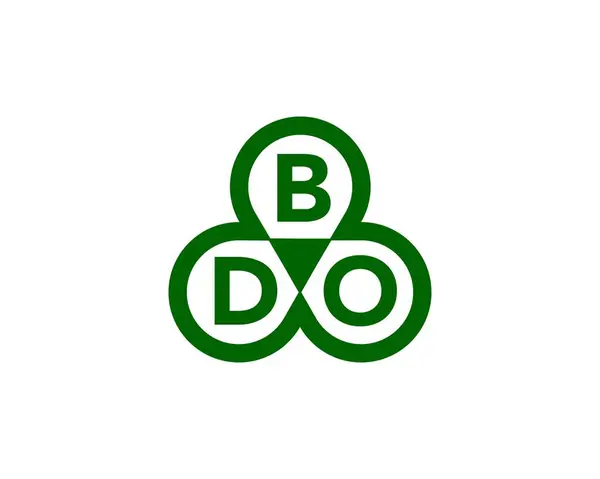27 Sep The Zeus Slot: Where Sacred Trees Become Symbols of War
Introduction: The Living Symbolism of Sacred Trees in Myth and War
Across ancient civilizations, sacred trees have stood as enduring symbols—anchoring spiritual belief while embodying the raw force of conflict. From the oak groves of Greece under Zeus’s dominion to the ritual landscapes where myth and battle intertwined, trees were never mere flora but living metaphors. They represented divine presence, moral order, and the tension between creation and destruction. This duality finds a striking modern echo in *Le Zeus*, a slot game whose narrative and design transform the sacred tree into a potent emblem of war. By exploring this evolution, we uncover how ancient symbolism persists, reshaped through branding, and embedded in digital worlds.
Sacred trees were often seen as thresholds—between heaven and earth, peace and strife—enduring through generations. In Greek mythology, Zeus ruled not only the sky but also the sanctity of nature, with oaks and sacred groves marking his sacred domains. These sites were not passive backdrops but active participants in rituals, where communities gathered to honor the divine and confront mortal conflict. The Theatre of Dionysus in Athens, a space where myth and drama converged, illustrates this convergence: a place of celebration, prophecy, and sometimes, symbolic warfare of ideas and values.
Historical Foundations: Zeus, Trees, and the Ritual Landscape
Zeus, as king of the gods, embodied order, sovereignty, and cosmic balance—values mirrored in the enduring presence of sacred trees. In ancient Greece, oaks were believed to house Zeus’s spirit, growing in groves that served as both spiritual centers and communal battlefields. These groves were not just natural spaces; they were ritual landscapes where divine authority was felt and contested. The Theater of Dionysus—though dedicated to drama—reflects this layered reality: a space where stories of gods and heroes unfolded, often involving themes of power, fate, and combat. Such settings reveal how nature and myth were inseparable in shaping cultural memory and identity.
Regulatory and Cultural Context: Modern Echoes of Ancient Symbolism
In contemporary settings, symbolic power evolves alongside regulation. Malta’s MGA gaming license, with its emphasis on RTP (Return to Player) standards and ethical gameplay, introduces a new layer: the sanctity of trust and fairness in digital arenas. While not overtly spiritual, this framework echoes ancient ideals—order enforced through visible, accountable systems. The branding of *Le Zeus* subtly inherits this legacy. By framing war imagery through sacred tree motifs, it transforms a digital slot into a modern ritual object: a vessel channeling enduring themes of endurance, authority, and fate. State-backed licensing indirectly validates this symbolic weight, lending cultural legitimacy to narratives that resonate across time.
Le Zeus as Modern Myth: From Sacred Tree to Symbol of Conflict
*Le Zeus* exemplifies how sacred symbolism is reimagined in contemporary culture. Its narrative weaves Zeus’s dominance with war imagery—oak branches become battle standards, lightning bolts channel divine wrath, and armor evokes divine protection. This visual and thematic language transforms nature into metaphor: trees no longer just witness conflict but embody it. The product’s identity is a modern myth, where natural elements ground the abstract idea of martial endurance in tangible, symbolic form.
- Oak motifs symbolize strength and endurance, mirroring Zeus’s unyielding authority.
- Lightning represents divine intervention, framing conflict as a cosmic struggle.
- Divine armor evokes protection and destiny, linking human conflict to timeless order.
Case Study: Sacred Trees as War Icons in Urban and Digital Spaces
The legacy of sacred trees as war icons persists in both physical and digital realms. In ancient Athens, oaks in ritual spaces stood as silent witnesses to morale and martial resolve. Today, memorials—urban and digital—carry this tradition forward. Trees planted in city squares or rendered as digital emblems become living memorials, honoring fallen warriors through enduring natural symbols.
Urban memorials often use trees not merely as decoration but as narrative anchors. Digital memorials, accessible globally, extend this practice, embedding sacred tree imagery in virtual spaces where memory transcends geography. Explore how *Le Zeus* weaves nature into modern war symbolism—a digital altar where mythic endurance meets digital legacy.
Non-Obvious Insight: The Psychological Weight of Sacred Trees in Conflict Narratives
Sacred trees endure not just physically but psychologically—they act as neutral, enduring witnesses bridging mythic time and present strife. When war symbolizes violence, invoking trees grounds it in a deeper natural order, suggesting conflict is part of a larger, timeless cycle. Brands like *Le Zeus* harness this resonance, using sacred tree motifs to convey strength rooted in continuity. This symbolic framing helps audiences process war not as chaos but as a recurring human chapter, embedded in the enduring fabric of nature.
Conclusion: Le Zeus as a Bridge Between Ancient Symbolism and Contemporary War Discourse
*Le Zeus* is more than a slot game—it is a modern cultural artifact that revives and reinterprets ancient symbolism. By transforming sacred trees into war icons, it connects timeless human themes—order, endurance, fate—to the digital age. This evolution reflects a deeper cultural need: to root complex, often violent, realities in enduring natural metaphors. As readers explore the intersections of environment, myth, and conflict, they uncover how symbols like the sacred tree persist, adapting to new mediums while retaining their profound emotional and symbolic weight.
Table: Ancient vs. Modern War Symbolism in Digital Spaces
| Aspect | Ancient (e.g., Greek Sacred Groves) | Modern (e.g., *Le Zeus* Slot) |
|---|---|---|
| Symbolic Source | Oak trees, divine presence | Oak motifs, divine armor, lightning |
| Function | Spiritual center, ritual site | Cultural emblem, narrative device |
| Audience Connection | Community ritual, mythic memory | Digital engagement, mythic metaphor |
| Temporal Anchoring | Timeless cosmos | Contemporary narrative rooted in ancient archetypes |
Just as ancient oaks witnessed sacred battles and divine assemblies, *Le Zeus* uses tree symbolism to frame war as part of an enduring natural order. Through careful design and cultural resonance, the brand transforms myth into a metaphor for resilience—proving that sacred trees remain powerful storytellers, even in the digital age.


No Comments